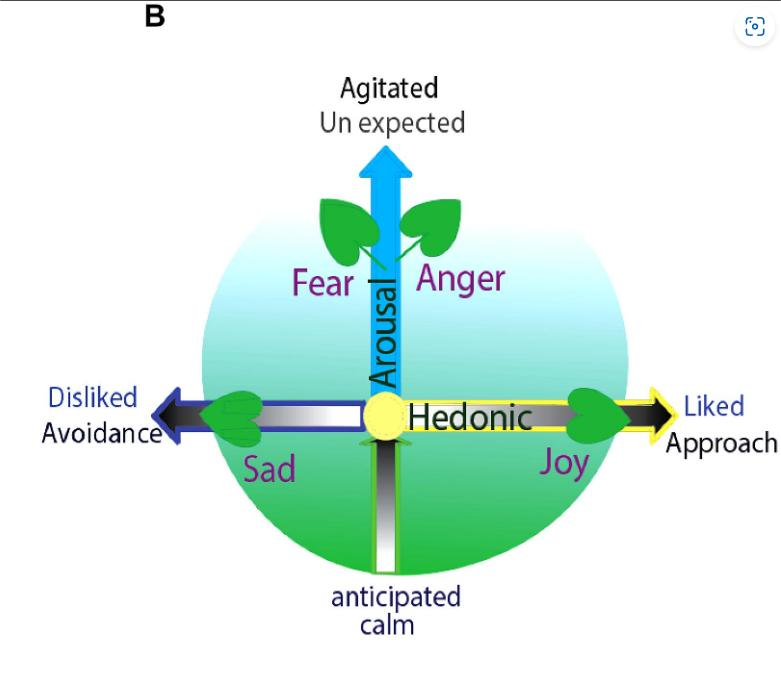Basic Emotion Theory
Basic emotion theory has been very influential for more than half a century, providing inspiration for interventions in psychopathology (Saarimaki et al., 2016; Celeghin et al., 2017; Williams, 2017; Hutto et al., 2018; Song and Hakoda, 2018; Vetter et al., 2018; Wang et al., 2018). Theories about basic emotions originated from ancient Greece and China (Russell, 2003). Current basic emotion theory started with Darwin (1872) and Ekman (2003), and later (Tomkins, 1962), subsequently followed by Ekman (1984), and Izard (1977), then by many current psychologists (Ortony and Turner, 1990; Panksepp, 2007; Scarantino and Griffiths, 2011; Gu et al., 2016, 2018; Saarimaki et al., 2016; Hutto et al., 2018). Basic emotion theory proposes that human beings have a limited number of emotions (e.g., fear, anger, joy, sadness) that are biologically and psychologically “basic” (Wilson-Mendenhall et al., 2013), each manifested in an organized recurring pattern of associated behavioral components (Ekman, 1992a; Russell, 2006). Izard (1977) argued that the basic emotions are preserved because their biological and social functions are essential in evolution and adaption; he further suggested that basic emotions have innate neural substrates and universal behavioral phenotypes (Shpigler et al., 2017). In a special issue of Emotion Review, several research psychologists outlined the latest thinking about each theoretical model of basic emotions (Plutchik, 1962; Ekman and Friesen, 1969; Ekman, 2003; Izard, 2010, 2011; Ekman and Cordaro, 2011; Levenson, 2011; Panksepp and Watt, 2011; Tracy and Randles, 2011).
Basic emotions evolved to handle fundamental life tasks, e.g., fear and anger can aid survival by influencing an organism to either flee for safety or fight to defend itself. The elements of basic emotions can be combined to form complex or compound emotions (Ekman, 1992b). Even though many psychologists have accepted the theory of basic emotions, there is no consensus about the precise number of basic emotions. Robert Plutchik proposed eight primary emotions: anger, fear, sadness, disgust, surprise, anticipation, trust and joy, and arranged them in a color wheel. Ekman proposed seven basic emotions: fear, anger, joy, sad, contempt, disgust, and surprise; but he changed to six basic emotions: fear, anger, joy, sadness, disgust, and surprise. However, a recent study found that disgust and anger shared similar wrinkled nose, and fear and surprise shared raised eyebrows (Jack et al., 2014). The differences between anger and disgust and the differences between fear and surprise, are thought to have developed later for social functions and not for survival per se (Mansourian et al., 2016). As such, Jack et al. (2014) proposed that we humans have four basic emotions: fear, anger, joy, and sad. Notably, other authors have also proposed fear, anger, joy, and sadness as four basic emotions (Gu et al., 2015, 2016; Wang and Pereira, 2016; Zheng et al., 2016). As Izard said: people need the category label of fear to explain flight to one another for safety, anger to explain the frustration of blocked goal responses, joy (or its equivalent) to explain the pride of achievement, and sadness to explain the experience of a life-changing loss (Izard, 2007).
基本情绪理论
半个多世纪以来,基本情绪理论一直非常有影响力,为精神病理学的干预提供了灵感(Saarimaki et al., 2016; Celeghin et al., 2017; Williams, 2017; Hutto et al., 2018; Song and Hakoda, 2018;Vetter 等人,2018;Wang 等人,2018)。关于基本情绪的理论起源于古希腊和中国(Russell,2003)。当前的基本情绪理论始于 Darwin (1872) 和 Ekman (2003),后来 (Tomkins, 1962),随后是 Ekman (1984) 和 Izard (1977),然后是许多当前的心理学家 (Ortony and Turner, 1990; Panksepp,2007;Scarantino 和 Griffiths,2011;Gu 等人,2016、2018;Saarimaki 等人,2016;Hutto 等人,2018)。基本情绪理论提出,人类有有限数量的情绪(例如,恐惧、愤怒、快乐、悲伤),这些情绪在生物学和心理上都是“基本
主题:bisic emotions 基本情绪
幸福大叔发表于 2022-11-12 10:22
下一页 (1/6)




